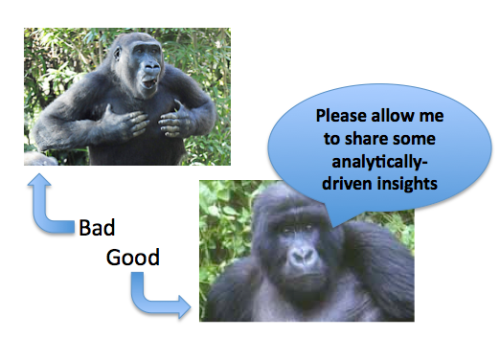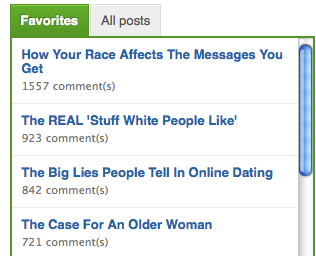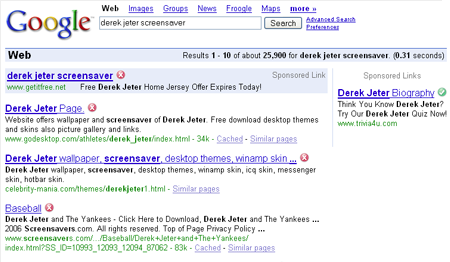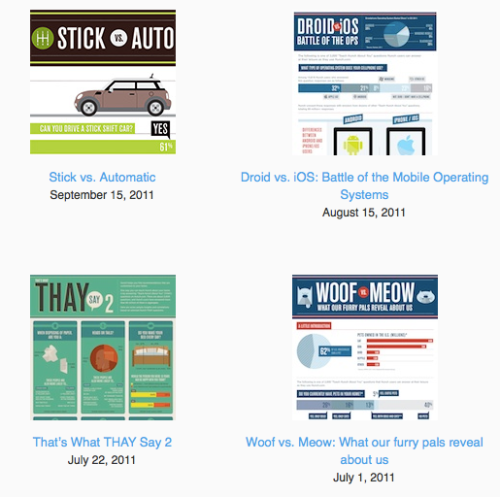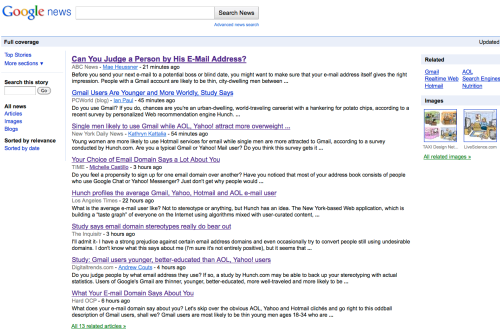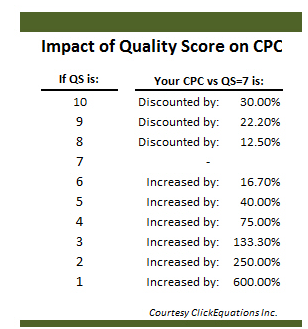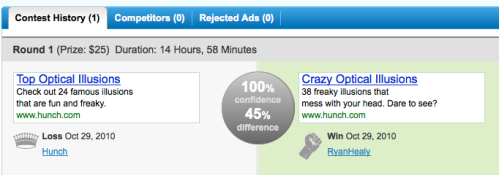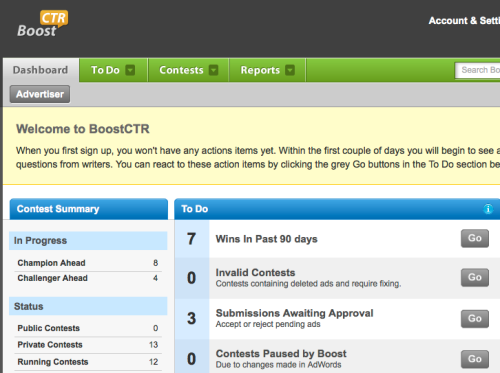So you’re whirling through our fine city and need to prioritize some fun stuff to do. This will be the start of an ongoing list I’ll update over time. But as some folks have recently asked, I wanted to go ahead and get started.
FOOD: See my previous post on suggested Berlin restaurants
*T = my top picks
*T Art: There’s a multitude of galleries around the Hackescher Markt area, particularly around and within the triangle formed by Auguststrasse, Oranienburgerstrasse and Große Hamburgerstrasse.
Take a 1-3 hour boat trip along the River Spree
*T WWII and East Germany history: The Topography of Terror Museum has an outstanding amount of WWII and post-war material that warrants a visit. A 200m portion of the old wall stands outside the building.
Brandenburg Gate: You have to go to check it off the list. More interesting though is the Holocaust Memorial, a 5 minute walk South, towards Potsdamer Platz.
The Bundestag/ Congress Building is quite stunning and worth a pre-booked (free) visit to walk up and check the views from the top. You’ll need to provide passport info in advance on their website, and have your passport with you when you arrive. Expect airport-type security.
Checkpoint Charlie (if you really must). It’s a short walk from the Topography of Terror Museum.
Traditional art museums: I’m not really an art museum guy (preferring either recent history or technology), but the famous Museum Island has everything historical art buffs could want. The new Humboldt Forum is definitely worth a visit and was recreated as a near exact replica from an original palace in the same location that was destroyed in war. This is walkable from the beautiful Gendarmenmarkt, and afterwards you can walk to the Hackescher Markt area.
Remnants of the Wall: Besides the smaller portion at the Topography of Terror Museum, a longer portion is called the “East Side Gallery” and is worth a visit.
Touristy but a beautiful view nonetheless: have a coffee or meal at the rotating restaurant at the top of the TV Tower at Alexanderplatz.
The Berlin Philharmonic often has surprisingly affordable tickets and is housed in an architecturally-significant complex near Potsdamer Platz.
*T Biking: This is my favorite way to take visitors on tours of the city. A great ride is through Park am Gleisdreieck, then up a hill in Viktoria Park with great views of the city… and then over to the old Tempelhof Airport which is now a public park. It’s quite amazing to ride across the runways, with people kite surfing, BBQing, and generally partying all around you. Any hotel can recommend places to rent bikes for the day, or you can use one of the many bike sharing or scooter sharing systems available for immediate sign-up on your phone. Side note: you can also book interesting guided indoor tours of Tempelhof Airport on GetYourGuide or other tour booking sites.
If you’re interested in a guiding walking (or better, biking) tour, we highly suggest one from our good friend Miha. He offers tours for individuals or groups in English, German, or Slovenian. The tours are fun, informative, and affordable.
Shopping:
- Kurfüstendamm (“Ku’Damm”) is the historically famous shopping street, and the 3 or so blocks between *T Schlütterstrasse and Uhlandstrasse have the highest-end stores in the city. (note: if you’re in this area, have brunch at Grosz).
- *T Hackesche Markt has a funkier mix of stores and is more youth oriented. You can stroll through interesting side passages that house galleries, small restaurants, and unique retail. Also while in this area, walk to the Spree River and have a beer while watching the boats go by.
- Friedrichstrasse: This is the other high-end area (following that stretch of Ku’Damm mentioned above) in the city. Boss, Armani, Galleries Lafayette, high-end watches, etc.
- The “Mall of Berlin” next to Potsdamer Platz is pretty much the monstrosity that it sounds like. It’s new and large and all that, but mostly has European chain stores that you can find anywhere. Note that Potsdamer Platz itself is really not all that interesting. Architecturally, maybe- from the outside- but the inside is dominated with movie theaters, mediocre restaurants, and office space.
More to come…but at least it’s a start. Enjoy!



